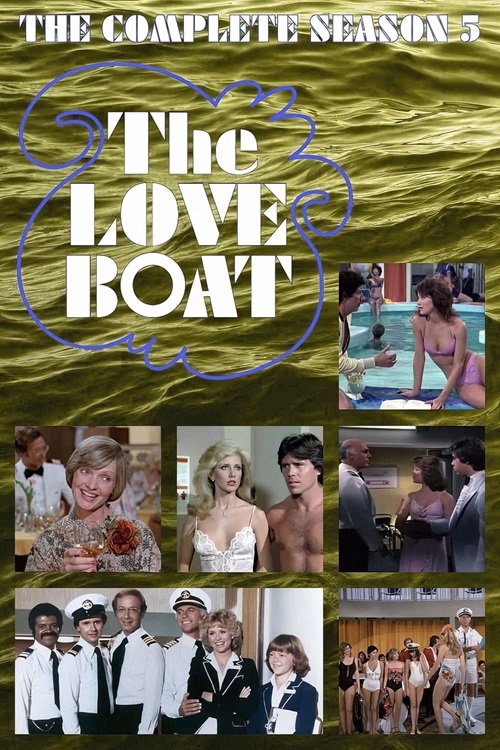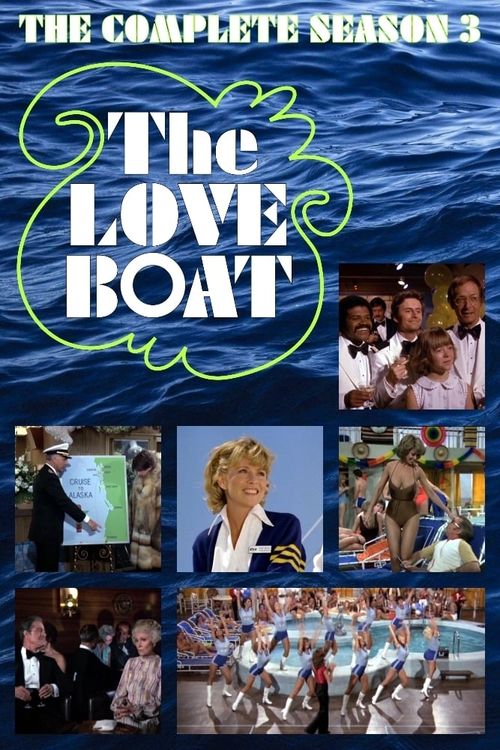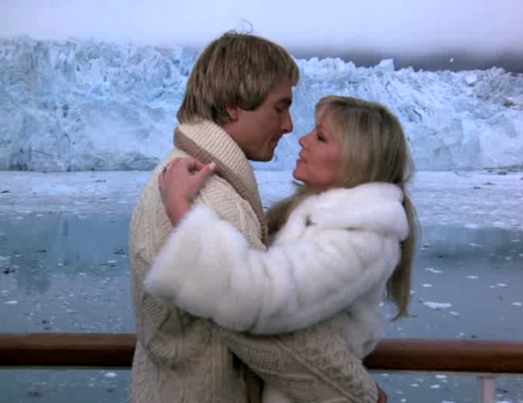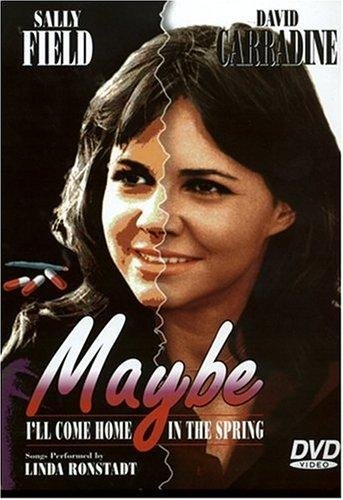Welcome to Retro Television Reviews, a feature where we review some of our favorite and least favorite shows of the past! On Tuesdays, I will be reviewing the original Fantasy Island, which ran on ABC from 1977 to 1996. The entire show is currently streaming on Tubi!
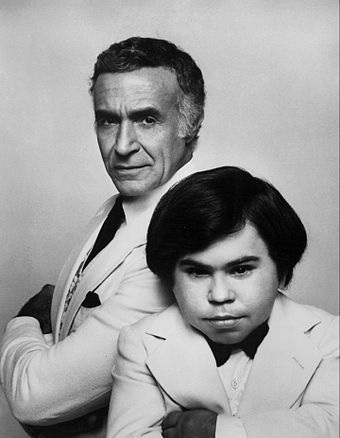
Ah, Fantasy Island!
There have been several versions of Fantasy Island. In the late 90s, there was a version that featured Malcolm McDowell as the somewhat aloof owner of the island. More recently, there was a movie that featured Michael Pena as the owner of the Island and which tried to turn the whole thing into a horror franchise. It wasn’t very good. And right now, there’s a show on Fox that features Roselyn Sanchez as the grand niece of the island’s original owner. The Fox series is about to start its second season. It’s a bit silly, which is why I kind of love it.
And then there’s the Fantasy Island that started it all, the Aaron Spelling-produced series that ran from 1977 to 1984 on ABC and which has lived on in reruns and on streaming platforms like Tubi. Both the original series and all of its subsequent spin-offs took place on a mysterious tropical island where people would pay to live out their fantasies. In the original series, the island was run by Mr. Roarke (Ricardo Montalban), who wore a white suit and encouraged everyone to smile whenever the guests arrived. Serving as Mr. Roarke’s second-in-command was Tattoo (Herve Villechaize), who was 3’11, always wore a matching white suit, and announced the arrival of the plane by ringing a bell and shouting, “The plane, the plane!” Of course, each week would bring in a different group of guest stars. They would come to the island with a fantasy and, hopefully, they would learn that reality was the only fantasy that they needed.
All seven seasons of the original Fantasy Island are currently streaming on Tubi. However, if you want to see the 1977 pilot film that started it all, you have to go to YouTube.
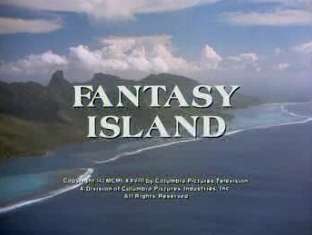
In many ways, the 90-minute pilot film feels like a typical episode of Fantasy Island. It’s interesting to see that the show’s basic premise and format was already set in stone when the pilot was filmed. (Pilots are notorious for often being dramatically different from the shows that they were created to sell.) The pilot opens with the plane arriving (and yes, from the start, Tattoo rings the bell and shouts, “The plane!”) and three guests meeting Mr. Roarke. Our three guest stars are Bill Bixby, Hugh O’Brian, and Eleanor Parker. Bixby plays Arnold Greenwood, a former war correspondent who wants to be reunited with Francesca (Sandra Dee), the woman with whom he fell in love during World War II. O’Brian is Paul, a famous big game hunter who wants to be hunted for once. Eleanor Parker is Eunice Hollander Barnes, one of the world’s richest women. She wants to fake her death so she can see who, from her life, would actually mourn her and who would just try to steal her fortune.
If the pilot’s format is the same as the series that followed, the general tone is somewhat different. Mr. Roarke is an almost sinister figure, one who doesn’t really seem to think much of his guests and who is quick to point out that no one gets a fantasy until they’ve paid him the required $50,000. (That’s $50,000 in 1970s money. I have to admit that when Mr. Roarke first mentioned how much the fantasies cost, I was like, “Hey, I could afford this place!”)
Consider the story of the hunter. Paul wants to be hunted because he’s suicidal. His real fantasy is to die. The night before Paul’s fantasy is to begin, Michelle (Victoria Principal) shows up at Paul’s room. Michelle explains that Mr. Roarke has hired her to provide Paul with companionship during the night. Unfortunately, Michelle ends up handcuffed to Paul and, as a result, she’s hunted along with him! Now, you could argue that Mr. Roarke did this to teach Paul to think about someone other than himself. But what if Paul hadn’t learned the lesson? Then Michelle would be dead too! What would Mr. Roarke do then? Just have Tattoo dump the bodies in the lagoon? “To hell with you, Roarke!” Paul yells and who can blame him?
And then there’s our war correspondent, Arnold. Arnold’s fantasy seems simple enough but then it turns out that the reason he lost contact with Francesca is because he murdered her! As a result of his fantasy, Arnold not only relives the first time he met Francesca but also how their relationship ended. The entire experience leaves Arnold laughing like a madman as his sanity slips away.
As for Eunice’s story, it’s pretty stupid. She dresses up like a maid so that she can listen to what people have to say about her once they think she’s dead. It’s like an episode of Undercover Boss. At least former Kennedy in-law Peter Lawford makes an appearance as Eunice’s husband. Eunice ends up far less traumatized than either Paul or Arnold but she still had to fake her death to come to peace with her life.
The pilot is entertaining. One can understand why it would lead to a series. The island is lovely to look at. Even with the somewhat sinister tone of two of the stories, it’s still impossible to watch the pilot without wondering what type of fantasy you would pursue if you went to the Island. For me, that’s always been the main appeal of all of the various versions of Fantasy Island. Still, it’s interesting that the fantasies themselves are less comforting than what I think many would expect on account of the show’s reputation. For all the criticism that Blumhouse received for their reinterpretation of Fantasy Island, they were not the first to imagine Mr. Roarke as being somewhat less than benevolent. Of course, when the actual series started, Mr. Roarke was a far friendlier host.
Next week, the series begins and hopefully, no further guests are traumatized to the point of catatonia.

